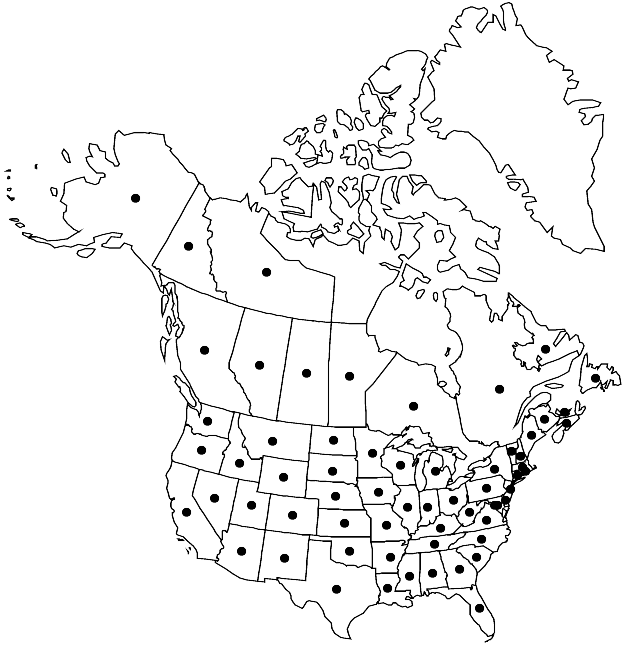Brassica rapa
Sp. Pl. 2: 666. 1753.
Annuals or biennials; (roots fleshy or slender); (green to slightly glaucous), glabrous or sparsely hairy. Stems unbranched or branched distally, 3–10 dm. Basal leaves: petiole (winged), (1–) 2–10 (–17) cm; blade ± lyrate-pinnatifid to pinnate to pinnatisect, (5–) 10–40 (–60) cm × 30–100 (–200) mm, (margins sinuate-dentate, sometimes ciliate), lobes 2–4 (–6) each side, (terminal lobe oblong-obovate, obtuse, large, blade surfaces usually setose). Cauline leaves (middle and distal) sessile; base auriculate to amplexicaul, (margins subentire). Racemes not paniculately branched, (with open flowers overtopping or equal to buds). Fruiting pedicels ascending to spreading, (5–) 10–25 (–30) mm. Flowers: sepals (3–) 4–6.5 (–8) × 1.5–2 mm; petals deep yellow to yellow, obovate, 6–11 (–13) × (2.5–) 3–6 (–7) mm, claw 3–7 mm, apex rounded; filaments 4–6 (–7) mm; anthers 1.5–2 mm. Fruits ascending to somewhat spreading, torulose, terete, (2–) 3–8 (–11) cm × 2–4 (–5) mm; valvular segment with 8–15 seeds per locule, (1.3–) 2–5 (–7.5) cm, terminal segment seedless, 8–22 mm. Seeds black, brown, or reddish, 1.1–2 mm diam.; seed-coat very finely reticulate-lightly alveolate, not mucilaginous when wetted. 2n = 20.
Phenology: Flowering Apr–Sep.
Habitat: Roadsides, disturbed areas and waste places, cultivated fields, grain fields, orchards, gardens
Elevation: 0-1500 m
Distribution

Introduced; Alta., B.C., Man., N.B., Nfld. and Labr., N.W.T., N.S., Ont., P.E.I., Que., Sask., Yukon, Ala., Alaska, Ariz., Ark., Calif., Colo., Conn., Del., D.C., Fla., Ga., Idaho, Ill., Ind., Iowa, Kans., Ky., La., Maine, Md., Mass., Mich., Minn., Miss., Mo., Mont., Nebr., Nev., N.H., N.J., N.Mex., N.Y., N.C., N.Dak., Ohio, Okla., Oreg., Pa., R.I., S.C., S.Dak., Tenn., Tex., Utah, Vt., Va., Wash., W.Va., Wis., Wyo., Europe, Asia, Africa, also in Mexico, West Indies, Central America, South America, Atlantic Islands, Australia
Discussion
Brassica rapa is widely cultivated as an oil crop and vegetable, and cultivars, especially in Asia, have been recognized as species, subspecies, and varieties. The most important crops include: rapeseed or canola, turnip (subsp. rapa), Chinese mustard or pakchoi [subsp. chinensis (Linnaeus) Hanelt], and Chinese cabbage or petsai [subsp. pekinensis (Loureiro) Hanelt]. The species is also a widespread naturalized weed [subsp. sylvestris (Linnaeus) Janchen] throughout temperate North America and elsewhere. It is self-incompatible. Hybridization in the field in Europe has been described between B. napus and B. rapa (R. B. Jørgensen and B. Andersen 1994).
Selected References
None.
Lower Taxa
"elongated" is not a number."thick" is not a number."dm" is not declared as a valid unit of measurement for this property.